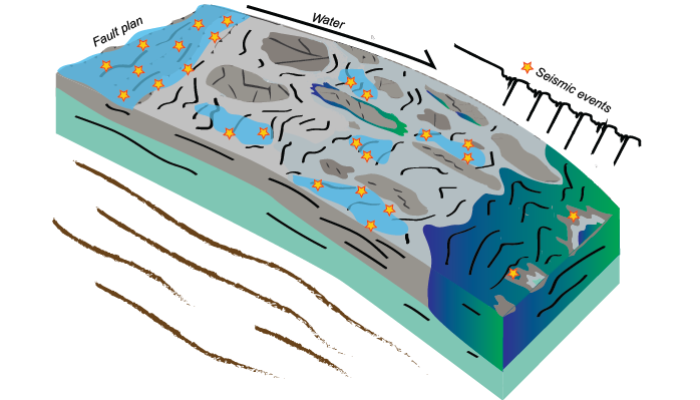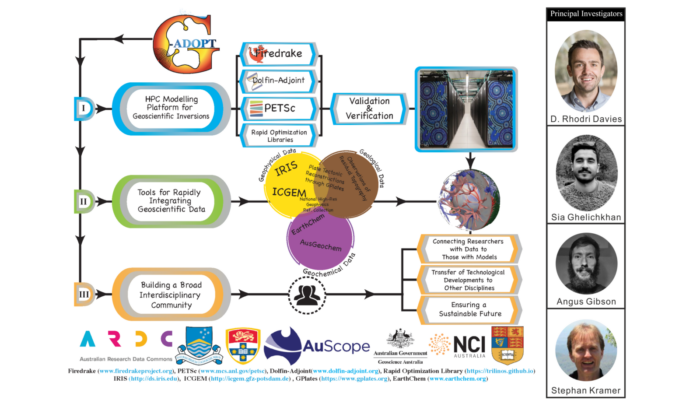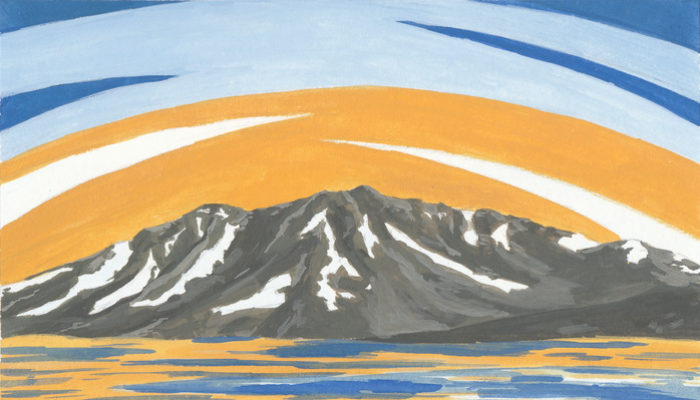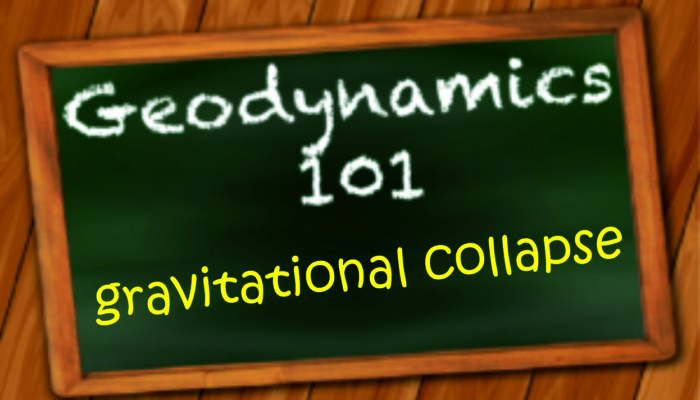Schematic illustrating core components of G-ADOPT, an Australian based cross-NCRIS project, principally developed at the Australian National University (ANU), with partners at the University of Sydney and Imperial College London. G-ADOPT is supported by the Australian Research Data Commons (ARDC), with co-investment from AuScope, the National Computational Infrastructure (NCI) and Geosciences Aust ...[Read More]
What is the role of fluids in seismic cycles

What is the role of fluids in seismic cycles ?
Unravelling the geological past of the Sierra del Nevado, in South Andes, Argentina
Have you ever wondered to learn more about the geological setting of the Nevado volcano in Central-West Argentina? In this week’s blog, we have Georgina Rubiano Lorenzoni, a Ph.D. Geologist student from the Universidad Nacional de La Pampa in Argentina, who will guide us through her thesis aims, which are the identification and investigation of the petrogenesis and geochronology of the mountain ra ...[Read More]
Effects of decelerating India-Eurasia convergence on the crustal flow and topographic evolution of the Tibetan Plateau
The Tibetan Plateau is the most extensive elevated surface on the Earth, stretching ~1,000 km north to south and 3,200 km east to west, with a mean elevation of greater than 4.5 km and located north of the Indian subcontinent. The formation of this Plateau has profoundly influenced the variations and evolution of Asian climate, strengthening of the South-Asian Monsoon, development of the large Asi ...[Read More]



